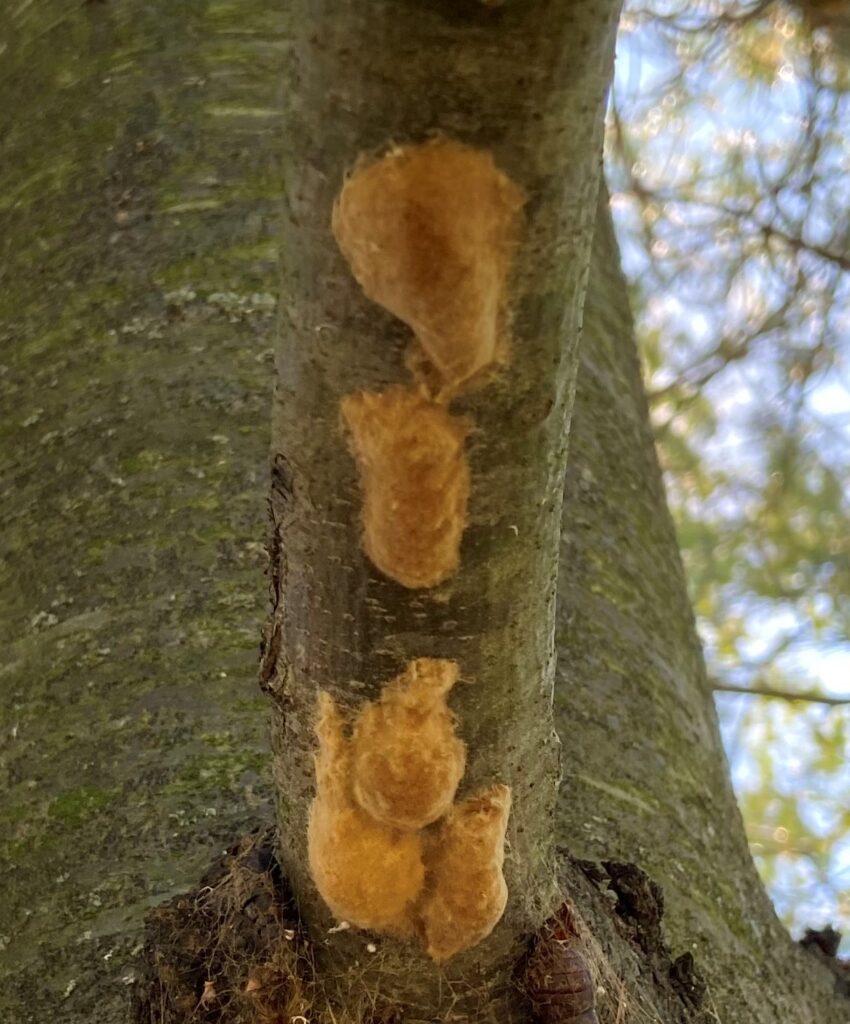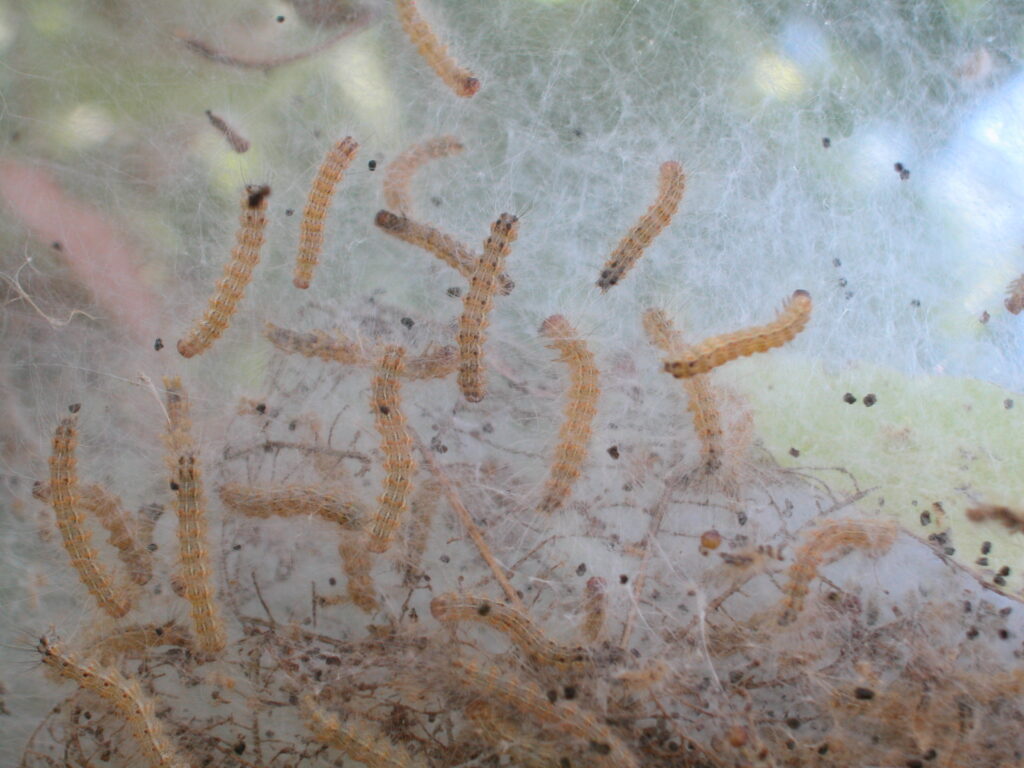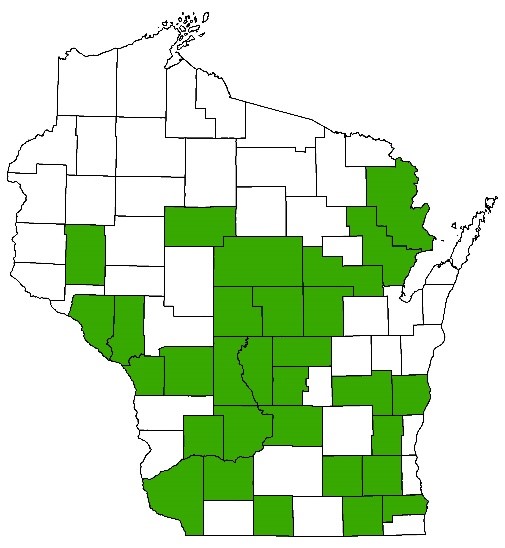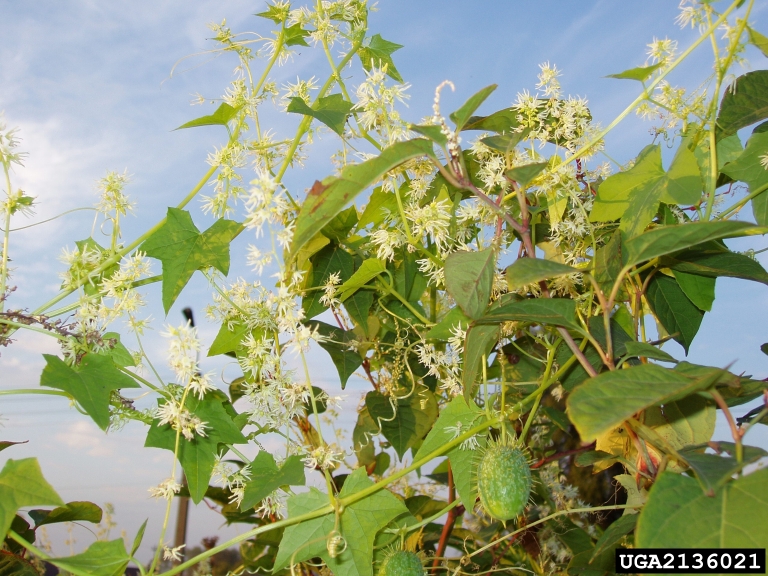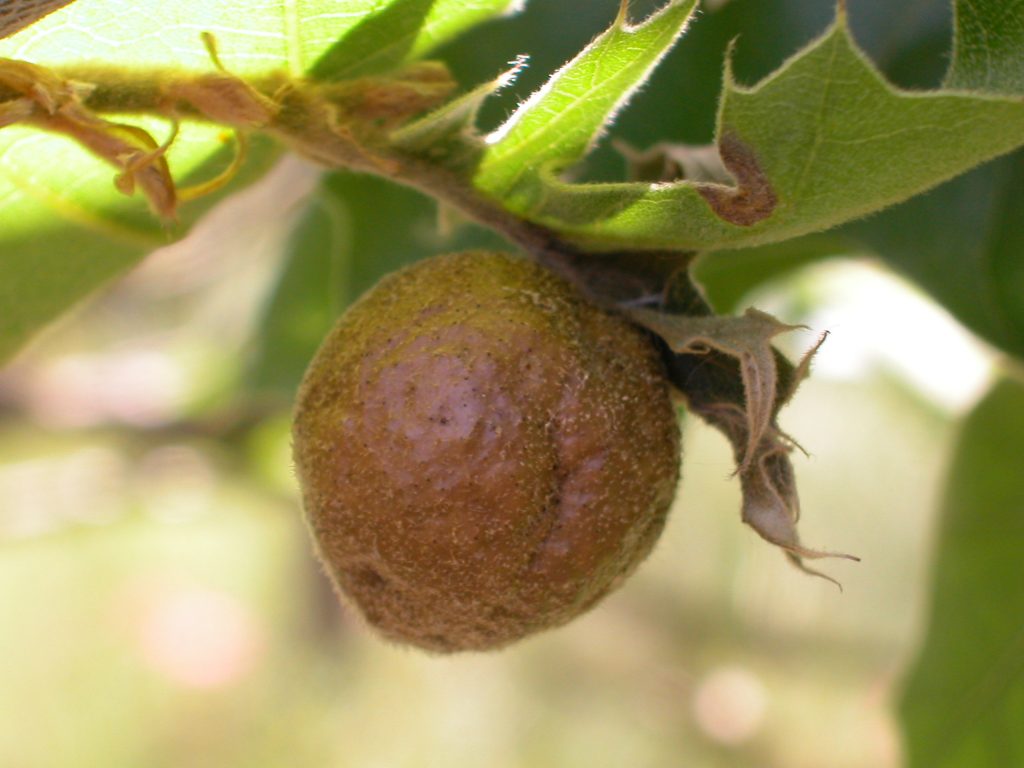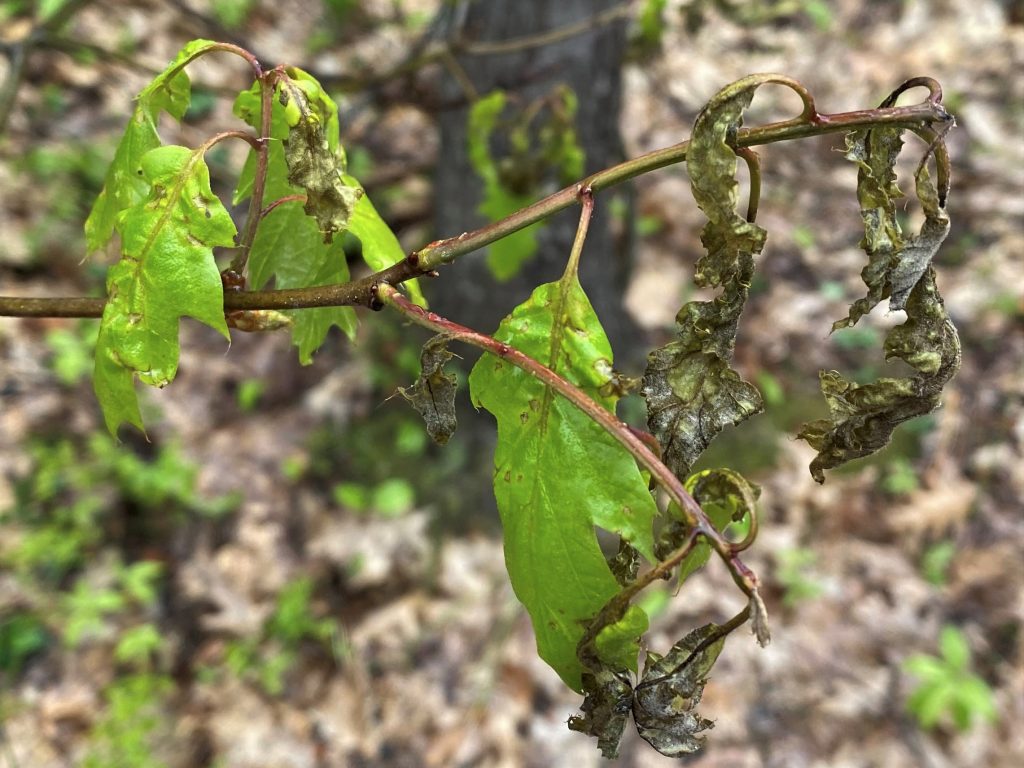Climate change may impact forest insects in a variety of ways that will likely put stress on the forest. Warmer temperatures, altered precipitation patterns, more frequent extreme weather events and longer growing seasons are a few consequences of climate change that may shape the effects of insects in future forests. A changing climate may impact insects as:
- Warmer temperatures accelerate larval development and increase insect populations.
- Extended growing seasons allow for more generations of insects each year.
- Altered leaf chemistry modifies insect host plant preferences.
- Extreme weather events damage and stress forests, resulting in attacks by native and non-native insects.
- Warmer temperatures allow insects to expand their range and occupy new areas.
Many examples of insects responding to climate change have already been documented. Two examples are:
1) Mountain pine beetle expanding its geographic range in the western U.S. and infesting a new host tree species during the most recent outbreak; and
2) Eastern larch beetle having an additional generation each year that has resulted in an unprecedented 20-year outbreak in Minnesota. Continue reading “Climate Impacts On Forest Insects”


